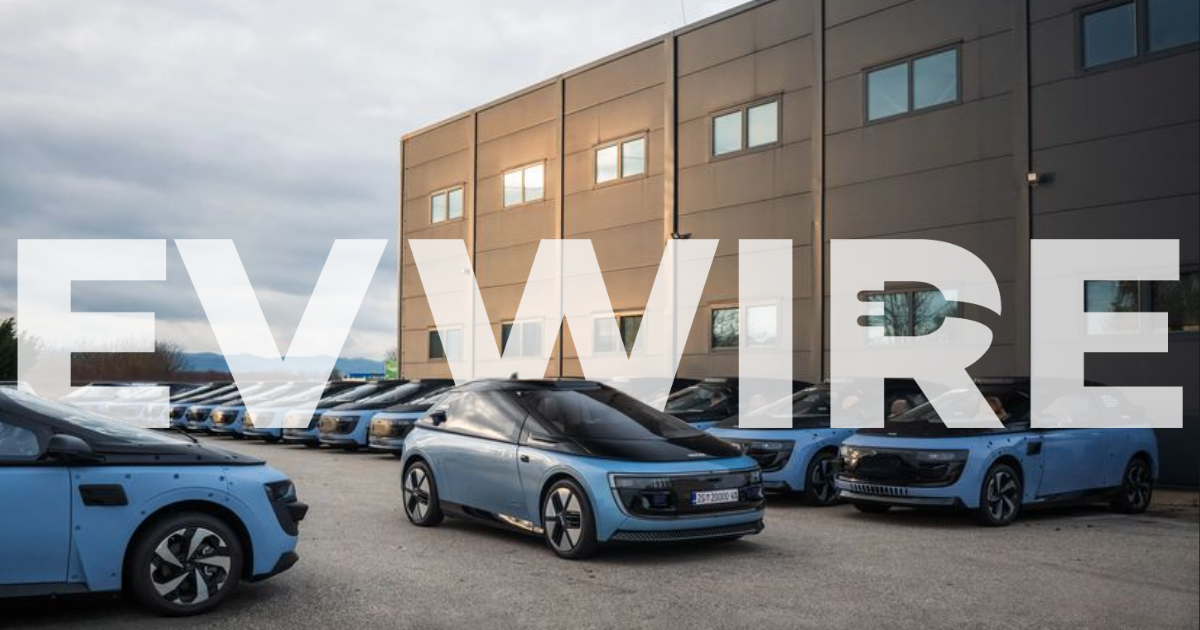EVWire brief: Cling Systems and Farasis Energy Europe entered into a strategic partnership to list Farasis’ second-life and unused EV battery cells and modules on Cling’s S1 marketplace, which channels the batteries mostly into battery energy storage systems (BESS).
Context: If you’ve been with us for a while, you’ve seen our reports on Cling Systems building out its unique platform right from the start in Sweden years ago. It is the first dedicated marketplace for idle batteries in the world, turning them back into active assets.
The S1 platform connects vetted buyers (manufacturers, owners of used batteries, dismantlers, workshops, and such) and sellers (recyclers, repurposers like BESS developers) of both used and unused EV battery components.
I’ve found some of the Farasis supply has already hit the platform:

Farasis listing

Farasis listing
Buyers can get direct access to pre‑qualified OEMs and producers with live inventory and off‑the‑shelf agreements. Sellers can list their unused or second-life battery cells and modules and manage the complete process, down to shipping the components, online. Cling also automates compliance and shortens transaction cycles for cells, modules, and packs.

The Dealroom has a built-in chat so the teams can stay aligned, and the full negotiation process is done within the platform:

Throwback: This is how I described Cling Systems back in 2021 when I first introduced it to you after meeting the team in Stockholm, back when they were based in the Norrsken startup hub facilities:
“I confirmed there what I suspected already - their approach is one-of-a-kind. And necessary to mitigate the environmental effect of the EV revolution.
I'd go as far as saying you can't achieve real circularity without this existing.
Here's why I think so:
As much as OEMs want to claim they will take the batteries back in and send them to their recycling partners, they usually only get the batteries that come back in during the warranty period.
But EV batteries don't usually die during the warranty period.
So in reality, the OEMs don't have any idea where their cars and batteries are that they were supposed to recycle. Especially now, as we have a fundamental shift of batteries becoming an asset rather than waste.
The car workshops, dismantlers, and others that do end up with the EVs/batteries will be able to redirect these assets back to the highest bidder through the platform, which then starts closing the loop through recycling and, hopefully, producing new batteries.
Talking with the founder William, we were both puzzled on "why has no one built this already?"“
The new partner, Farasis Energy, is no small player either:
Farasis Energy is a China-founded lithium-ion specialist with R&D and manufacturing hubs in China and Turkey, focused on high-performance pouch cells for EV and stationary storage. Its major clients include Mercedes-Benz (a 3 % shareholder), Geely, GAC Aion, and Togg.
It was the 10th-largest EV battery supplier in the world in 2023, according to SNE Research, taking up ~1.8% market share. Farasis annual production capacity is at ~135 GWh/year, across 5 battery manufacturing plants:

Image: Farasis Energy
The partners say the deal will help electrify under-served regions and provide backup power for critical infrastructure.
Quotes:
This is the industry’s first structured ambition to route OEM-grade batteries to flow directly into stationary storage in order to maximise value and sustainability.
❝Every kilowatt-hour we upcycle into long-life storage saves raw materials and reduces CO₂ emissions. Partnering with Cling gives us a turnkey channel to do that at scale.❞
Source: Press release; LinkedIn post by Cling Systems, LinkedIn post by Farasis.
DIG DEEPER: Dig deeper in the Battery industry with our 🔋 BATTERYWIRE.





